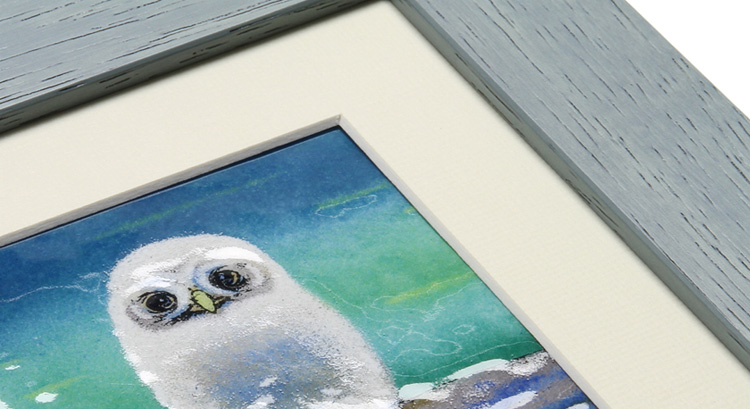 |
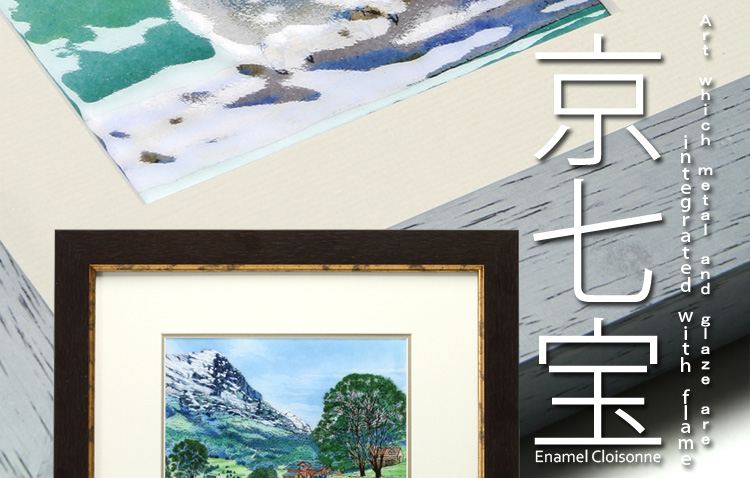 |
| Grace & Delicate Jewelry to be produced from Asuka period. |
| Enamel Cloisonné is a technique to decorate the material by baking glaze, and the feature is to become a variety coloring depending on the type of glaze.
Originated Enamel Cloisonné is said that dates back to Ancient Egypt & Persia, and it was transmitted to the Asuka period of Japan(seventh century). In Japan, it was called "Shippo", seven jewels of Buddhist Scripture(Gold, Silver, Lapis, Crystal, Coral, Agate, Mantis), from its graceful color & shiny.
Then, Japan’s own Enamel Cloisonné technique was almost completed in the late Edo period, and in the early Meiji period, Enamel Cloisonné with transparent glaze was born in Kyoto under the guidance of German chemist Wagner.
Enamel Cloisonné, that was given the sparkle of transparent glaze by the delicate brilliant art of the craftsman, become the typical export goods of Meiji, and Enamel Cloisonné was acclaimed all over the world.
|
|
|
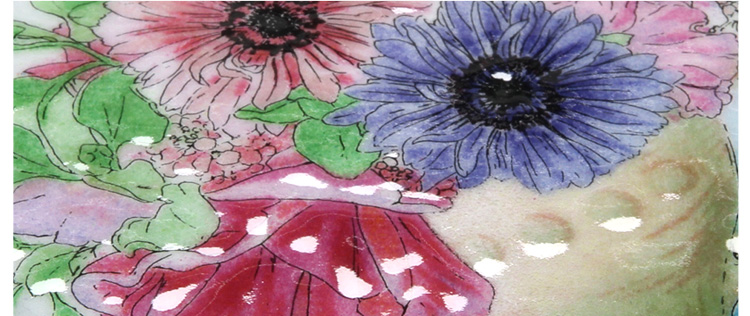 |
Enamel Cloisonné, was born from the free expression, |
|
| |
| This time introduced "Enamel Cloisonné" is adopted a new manufacturing method that was originally developed more free expression. Please let us enjoy the new sensational art design that was kept alive the beauty of the color of Enamel Cloisonné. | |
|
| |
 |
|
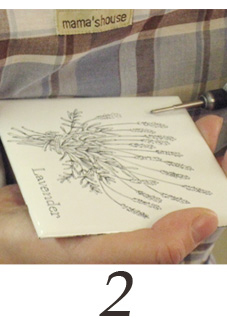 |
|
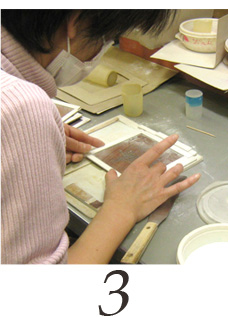 |
|
| |
|
Draw Original : just draw a sketch while imagining the style of painting & the entire scheme of color, and the completion from a scenery photographs and sketches. |
|
|
|
|
Produce the material of Enamel Cloisonné. Paint the cloisonne glaze on a metalplate, and under-draw(line drawing) using the combined paint(oil paint).
It is possible to give the texture of oil painting or watercolor, depending on whether or not put the outline of the picture, and you can enjoy various tastes. |
|
|
|
|
Paint colors one by one by manual. We will insert the each color's glass glaze (powder of glass quality) onto the under-sketch like piling up. At this time, the pattern paper with tension which is dyed with persimmon juice to use for Yuzen called Shibugami is used, and the parts which are put in the color is cut by a cutter. The paper of Shibugami is created by the number of colors. For one product, average 10 Shibugamis are required, and in case big size or fine pattern, 20 Shibugamis are required. |
|
|
|
| |
 |
|
 |
|
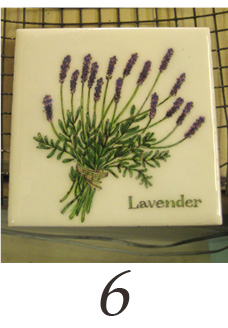 |
|
| |
|
For getting beautiful gradation, and for expressing stereoscopic effect, several kinds of colors are repeated, and so tedious. In addition, repeated many times to put colors with fix the pattern paper, however, the gradate part & total feeling are made by the volume of the glass glaze, so the professional skill, perseverance, and sophistication, are required. Craftsman wearing a mask, pays close attention to the work , due to avoid the powder skips by the motion of air, and not to dirty. |
|
|
|
|
Firing at 750 to 800 degrees in a high-temperature furnace. Firing the glaze on the material. Several times repeated this process, the depth & luster of color are born. |
|
|
|
|
On the surface, there is unevenness that was protruded by the glaze according to the pattern, so we can feel the warmth of handwork. Design picture has been filed in hand-painted by various motif, like flowers of nature, landscape, and animal.
In addition, the elegant frame which is select to fit the design, is very pleased as the special interior, or as the present of celebration of new construction.
|
|
|
|
|
|
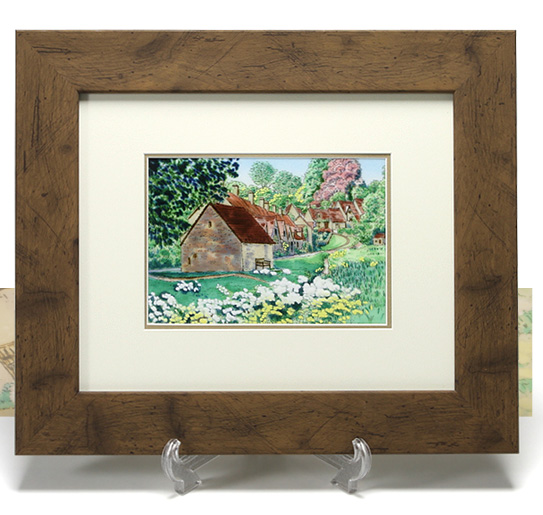 |
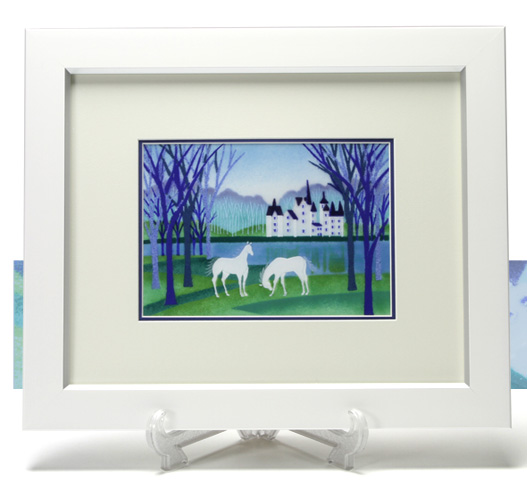 |
|
|
|
 |
 Eternal Cloisonné, please enjoy them side by side.  |
|
Herbal Collection / 16.8 x 16.8 cm |
|
 |
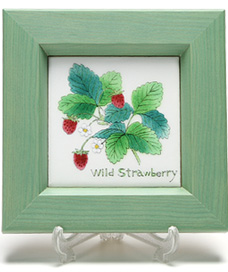 |
 |
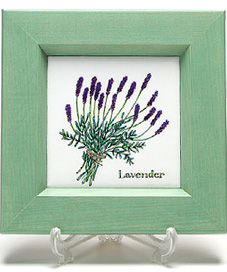 |
 |
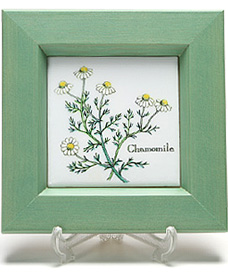 |
 |
|
|
|
Vegetable Collection / 16.8 x 16.8 cm |
|
 |
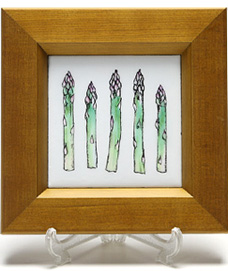 |
 |
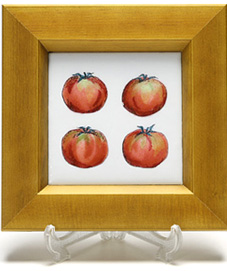 |
 |
 |
 |
|
|
|
Kitchen Collection / 16.8 x 16.8 cm |
|
 |
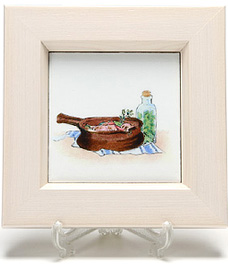 |
 |
 |
 |
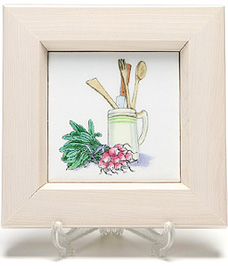 |
 |
|
|
 |
 |
 |
 |
 |
 |
 |
 |
 |
 |
 |











































